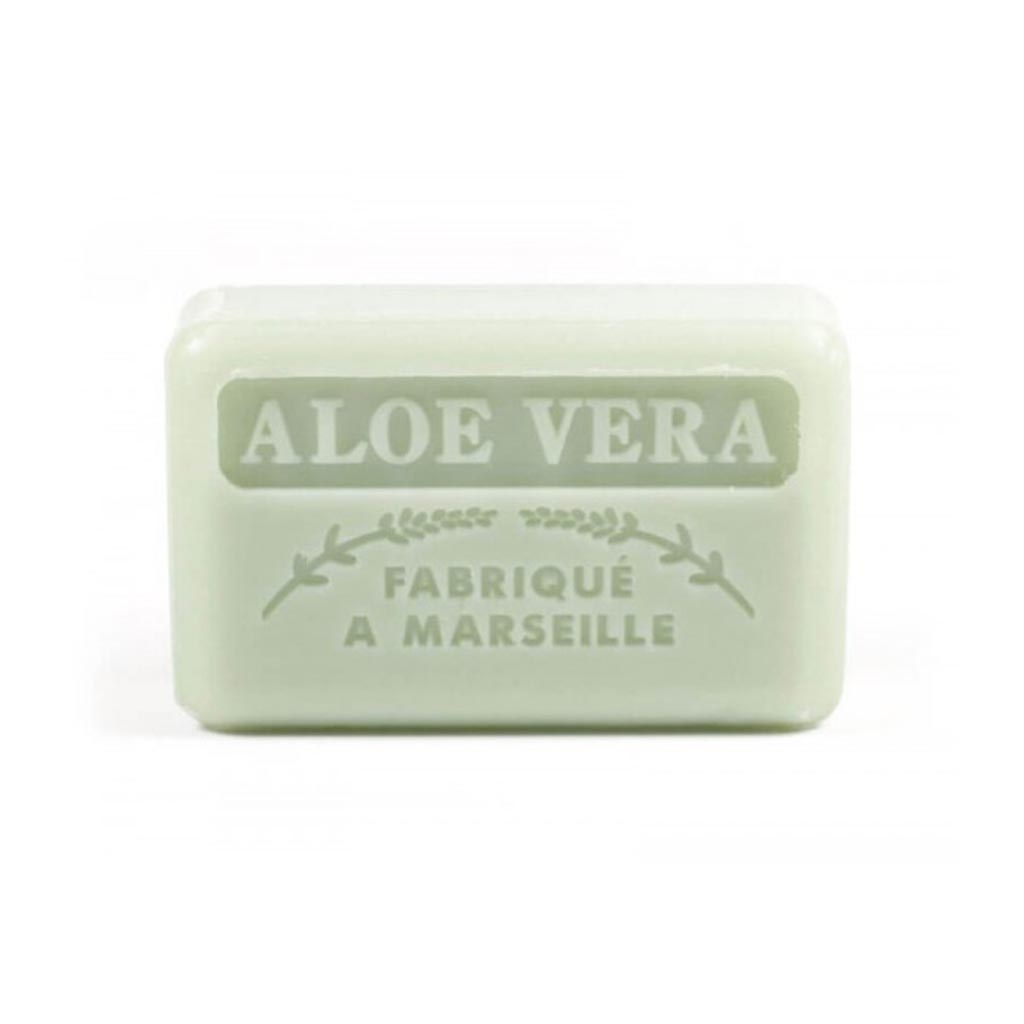Aloe Vera
4,30€
Le jabón naturel d’Aloe Vera combine les excellentes propriétés du jabón de Marsella avec l’Aloe, aidant à une régénération rapide de la peau grâce à ses vitamines A, C, acides aminés et antraquinones.
Depuis l’Antiquité, les différents villages et cultures qui observent lorsqu’ils produisent un corte en une partie des maisons de l’Aloe Vera, cicatrisent immédiatement. Traditionnellement, il est utilisé pour soigner les maladies, les blessures et les affections cutanées.
L’aloe vera est pour les égyptiens la plante de l’immortalité, pour les sumériens une vertu magique, pour les templiers l’élixir de Jérusalem et pour les arabes la source éternelle de la jeunesse. Le peuple égyptien est probablement le premier à utiliser l’aloe vera. Le document le plus ancien dans celui qui apparaît est le papier Ebers.
L’Aloe Vera est une plante appartenant au genre féminin, associée à la lune, à l’élément eau. Traditionnellement, il est utilisé pour rechercher la bonne santé et pour vos puissantes propriétés de protection.
Ce jabón est fabriqué de manière artisanale à Marsella en suivant les anciennes méthodes et recettes ancestrales utilisant des ingrédients entièrement naturels : eau de mer de la Méditerranée, huile essentielle de sándalo, huiles végétales de grande qualité et charbon de sodium. Es 100% biodégradable.
Taille : 125gr


